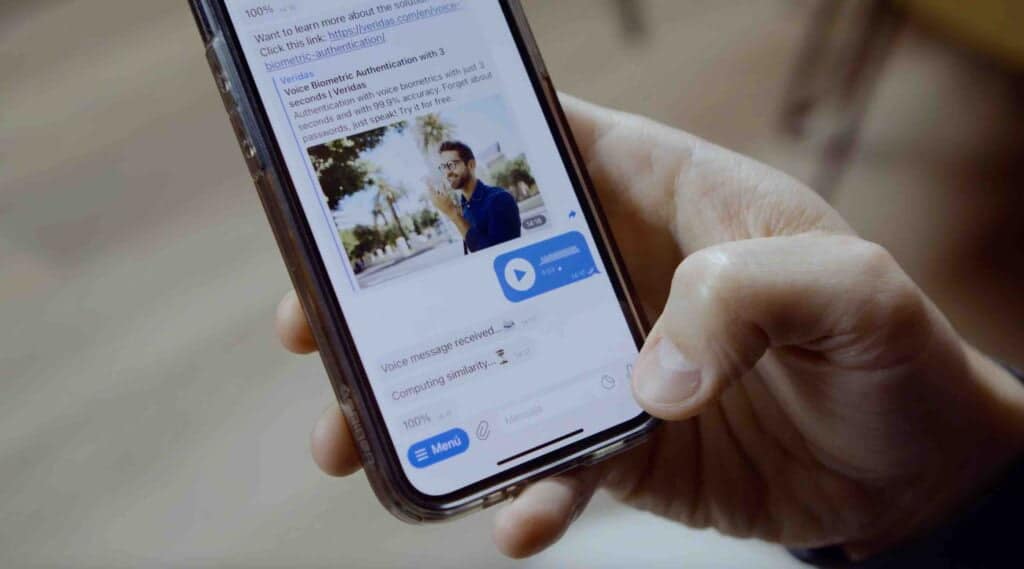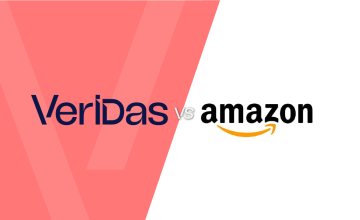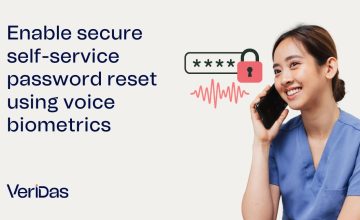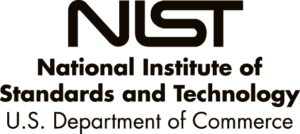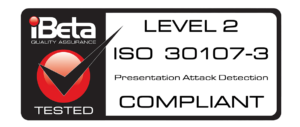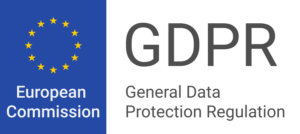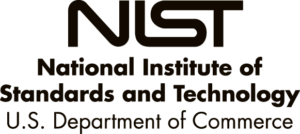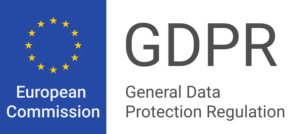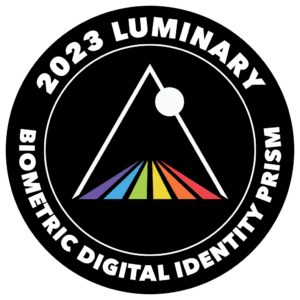Chatbots are a technology that has been on the rise for several years. However, they have recently gained notoriety with the launch of the now-famous ChatGPT from OpenAI. Numerous figures have spoken out about this tool, and there are already many discussions about its possible applications.
But what are these tools, and how could your company use them?
What is a chatbot, and what is it?
A chatbot is a program designed to simulate a conversation with humans through chat or voice interfaces. It automates repetitive tasks, provides information, and helps users perform specific tasks.
In business, more and more companies are using these tools for their customer services to answer frequently asked questions and solve problems.
How does a chatbot work?
Chatbots work through the use of algorithms and natural language processing techniques. They receive a question or a request from the user in the form of text and use different techniques to determine the intent behind the question and respond appropriately.
Chatbots are becoming more and more advanced and allow a very extensive level of depth of interaction with users.
Types of chatbot
There are mainly two types of chatbots:
- Rule-based: they work through a preset system of rules, where each question has a predefined answer. We usually find this type of chatbot in online stores.
- Artificial Intelligence based: these chatbots use more advanced technology based on artificial intelligence and can interpret natural language, understand the user’s request, and improve their understanding of the language and their responses over time.
What are the benefits of using chatbots for businesses?
At this point, why should you incorporate a chatbot into your company? What can it do for you? Well, here are a few key points:
- Real-time interaction: chatbots can respond to user questions and requests immediately. Either with predefined rules or with the power of Artificial Intelligence, chatbots offer instant customer service that does not require having a natural person behind, at least at the beginning. On many occasions, chatbots can be that first filter and escalate to human attention if necessary.
- Scalability: chatbots can handle a large volume of requests simultaneously, allowing you to scale your customer service to meet the demand of your users. If chatbots can solve the vast majority of requests, you can serve many more people with the same resources.
- Low cost: once developed, the cost of operating a chatbot is relatively low compared to human customer service.
- Data processing: chatbots can be configured to collect and process customer data with their consent, allowing your company better to understand your customers and their most frequent needs.
- Automation of repetitive tasks: chatbots can automate tasks like customer service, allowing companies to save time and reduce costs.
- Accessibility: Because they are available 24/7 and have a natural language interface, they are accessible to anyone with internet access, regardless of their geographic location or technological skills.
How to identify a user in a chatbot?
Every customer service, whether a chatbot, a call center, or a website, eventually faces the same problem: identifying the user. This is a critical moment because if the identity verification process is difficult or tedious, there is a high risk that the customer will abandon it. If we do not have enough security and certainty that the person is who they say they are, we may open the door to fraudsters and impersonators.
Knowledge based authentication
In the chatbot environment, identification based on questions or passwords can be especially vulnerable to fraud as they usually lack encryption systems. The user must not only reveal this information but also leave it in writing.

The role of voice biometrics in the identification of Chatbots
Biometrics allows us to verify our identity securely. In the field of chatbots, voice biometrics is a perfect ally so that the user experience is not impaired, and your company can know with certainty that your customers are who they say they are.
Once customers are registered in the system, they only have to send audio of at least 3 seconds to be recognized by the voice biometrics software whenever they need to identify themselves.
In this way, all confidential information is protected, and the identification process can be performed in real-time, at any time, and in a completely unattended manner that does not require human attention.
Try our Telegram speech recognition technology for free and install a chatbot in your company with the security of interacting with your customers securely.




